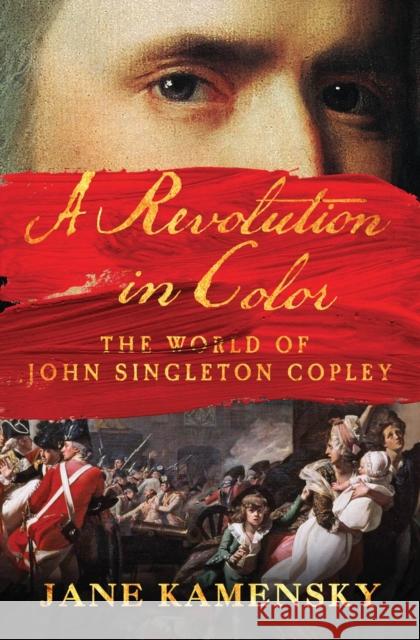A Revolution in Color: The World of John Singleton Copley » książka
A Revolution in Color: The World of John Singleton Copley
ISBN-13: 9780393240016 / Angielski / Twarda / 2016 / 544 str.
A Revolution in Color: The World of John Singleton Copley
ISBN-13: 9780393240016 / Angielski / Twarda / 2016 / 544 str.
(netto: 136,31 VAT: 5%)
Najniższa cena z 30 dni: 142,24
ok. 30 dni roboczych
Dostawa w 2026 r.
Darmowa dostawa!
Boston in the 1740s: a bustling port at the edge of the British empire. A boy comes of age in a small wooden house along the Long Wharf, which juts into the harbor, as though reaching for London thousands of miles across the ocean. Sometime in his childhood, he learns to draw.That boy was John Singleton Copley, who became, by the 1760s, colonial America's premier painter. His brush captured the faces of his neighbors--ordinary men like Paul Revere, John Hancock, and Samuel Adams--who would become the revolutionary heroes of a new United States. Today, in museums across America, Copley's brilliant portraits evoke patriotic fervor and rebellious optimism.The artist, however, did not share his subjects' politics. Copley's nation was Britain; his capital, London. When rebellion sundered Britain's empire, both kin and calling determined the painter's allegiances. He sought the largest canvas for his talents and the safest home for his family. So, by the time the United States declared its independence, Copley and his kin were in London. He painted America's revolution from a far shore, as Britain's American War.An intimate portrait of the artist and his extraordinary times, Jane Kamensky's A Revolution in Color masterfully reveals the world of the American Revolution, a place in time riven by divided loyalties and tangled sympathies. Much like the world in which he lived, Copley's life and career were marked by spectacular rises and devastating falls. But though his ambivalence cost him dearly, the painter's achievements in both Britain and America made him a towering figure of both nations' artistic legacies.











